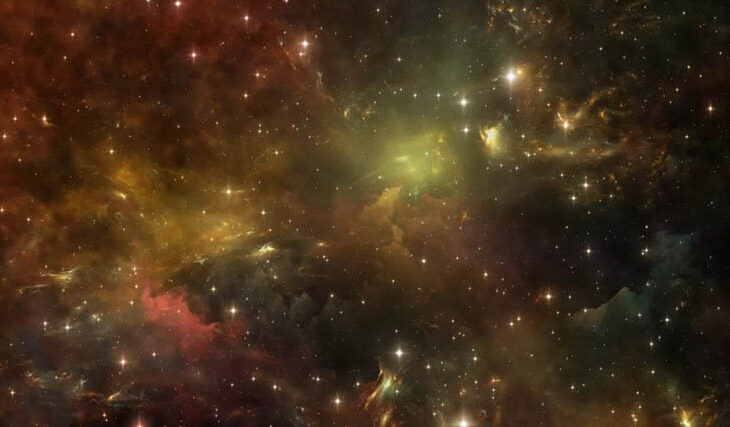At times, even deeper questions arise in the quest to unlock the mysteries of the universe. All available data on the mysterious nature of dark energy has been collected and analyzed by scientists. Despite hints of a possible “phantom” property of this energy, its true nature remains elusive.
What conclusions did the scientists come to?
The first detection of dark energy came in the late 1990s when two independent teams of astronomers noticed that distant supernovae were less intense than expected. This observation led to the conclusion that our Universe is not only expanding, as was known at that time, but its expansion is also temporally accelerating. Thus, every day the Universe not only increases its size but also does it faster and faster.
Astronomers coined the term “dark energy” to explain this mysterious phenomenon. However, it is still a mystery what exactly it is. Despite the existence of many theoretical concepts about what dark energy is, none of them can be unambiguously confirmed without better measurements and data.
Since the beginning of the last decades of the 20th century, astronomers have developed many methods to measure the expansion rate of the universe, including improved methods for tracking supernovae, analyzing the cosmic microwave background, and studying the structure of the universe at large scales.
The main characteristic of dark energy
One of the key characteristics of dark energy that these methods aim to measure is the so-called equation of state. Even without a full understanding of the causes and nature of dark energy, physicists can create models that describe its impact on the expansion of the universe. The simplest way to do this is to think of dark energy as a “cosmological constant” that becomes a kind of unchanging characteristic of the universe, much like the electromagnetic force or gravity. It exists as a constant parameter, unchanged in space and time.
If dark energy is related to the cosmological constant, then, according to observations, its behavior can be described by an equation of state parameter equal to approximately -1. This indicates that on large scales, gravity begins to act in a repulsive way, but in other aspects, it remains constant both in time and in space.
If the roots of dark energy lie in some exotic force or interaction with matter, then the equation of state of this energy can change both in time and space. In such a case, the observed values of the equation of state are likely to be greater than -1, and these changes may show up over time.
Of particular interest is the scenario when the value of the equation of state is less than -1. This is a situation known as phantom dark energy. In this case, the process of the expansion of the Universe will not be limited to moderate acceleration, and dark energy will eventually become so powerful that in a few billion years the Universe could be torn to pieces. The acceleration of expansion will become so intense that galaxies will fly apart, the structures of galaxies will be destroyed, planets and stars will break away from each other, and even the bonds between atoms that hold all matter together will break. We will understand this when we do not see the stars on a cloudless night. That’s how far they will be.
Such a scenario raises serious concerns. Recent observations give a hint that the value of the dark energy equation of state may be slightly less than -1. To study this scenario in more detail, a group of cosmologists collected and analyzed the available data.
Good and bad news
They delivered both good and bad news. When they combined all the data on dark energy, the likelihood that we live in a phantom universe decreased. This means that our cosmos will not be torn apart anytime soon. However, the introduction of the cosmological constant only technically solves the problem of dark energy (claiming that it simply exists), it does not provide a deeper understanding of how nature works. The cosmological constant does not explain either its existence or the reason for its occurrence, so it only moves the starting point.
The mystery of dark energy is one of the greatest mysteries of modern science. Why does the Universe have exactly this property, exactly with such an acceleration rate, and nothing else?
Maybe the Nancy Grace Roman space telescope under construction will answer this question.
Image credit:
https://www.space.com
https://www.nasa.gov






